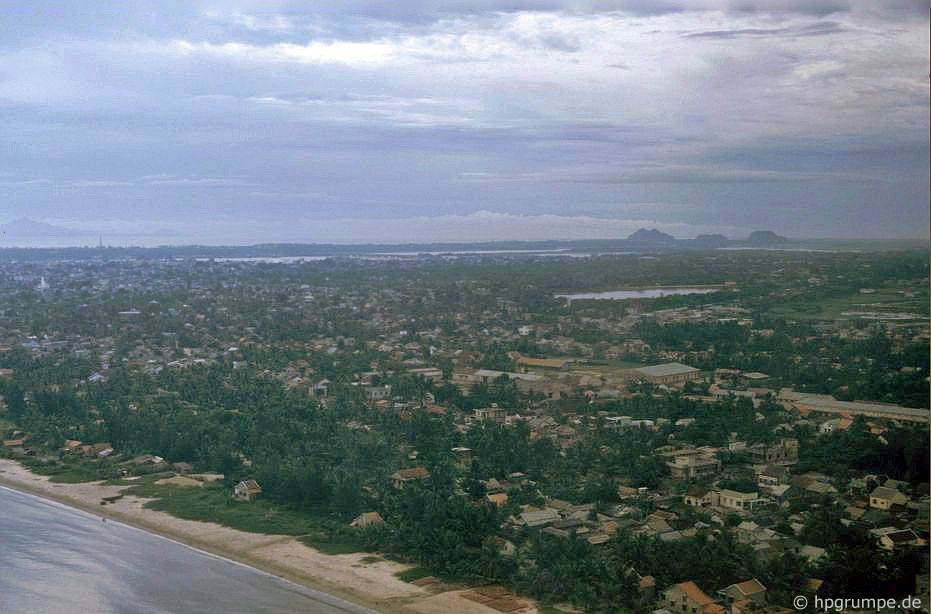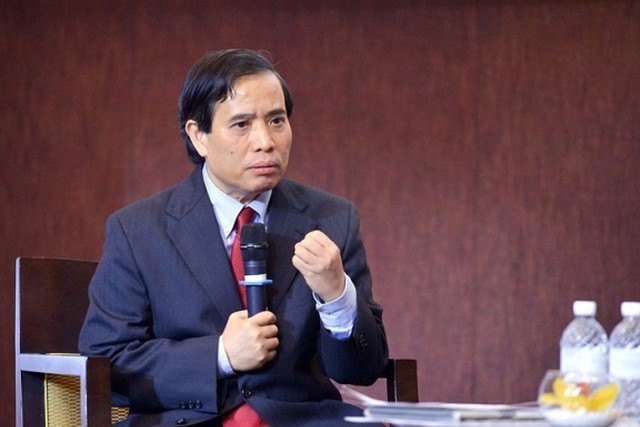Da Nang – Southeast Asian Silicon Valley – attractive to Japanese firms
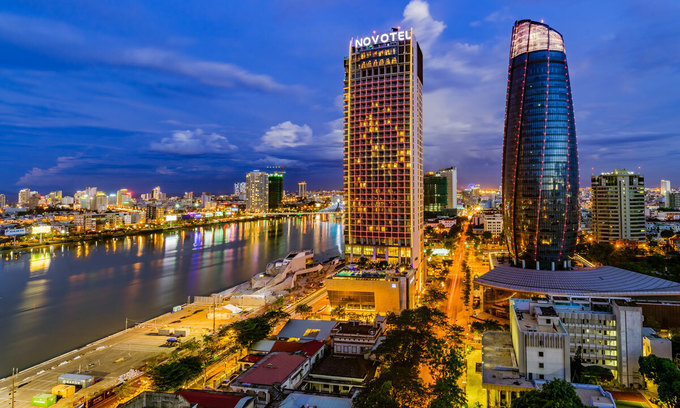 |
| Buildings in Da Nang City, central Vietnam. Photo by Shutterstock/TBone Lee. |
With its favourable investment environment, the central city of Da Nang, has caught the attention of ICT firms from Japan.
Japan is the second largest foreign direct investor in Vietnam with total registered capital amounting to $60 billion. Japanese investors have invested in 4,200 projects, with 700 specialising in ICT.
Speaking at an online ceremony on promoting ICT investments from Japan held in late September, Deputy Minister of Information and Communications (MIC) Pham Anh Tuan said Vietnam is ready to receive new Japanese investments by technology firms which will come in the expected investment relocation wave.
The government of Vietnam has been perfecting policies to create favorable conditions for the breakthrough development of IT industrial parks and hi-tech zones at key economic centers of the country, especially Da Nang.
Considered a Southeast Asian Silicon Valley, Da Nang, in cooperation with central agencies, is building a digital ecosystem and prioritizing foreign invested projects using high technologies, Vietnamnet reported. It aims to become an ‘environmental city’ and an attractive destination for global technology groups in the future.
According to Tran Van Mien, Vice Chairman of the municipal People’s Committee, Japan is one of the key markets from which the city is seeking investment from, especially in ICT.
Japan is leading foreign direct investors in number of investment projects (214) and registered investment capital ($816 million), which account for 25 percent of total FDI projects and 23 percent of total registered capital.
Mien said the local authorities are looking forward to receiving Japanese enterprises who want to choose Da Nang to be the place for their production and business bases.
Onose Takahisa, chair of the Japan Business Association in Da Nang, said there are many favorable conditions for businesses to develop in Da Nang, including urban area development, favorable connections with the airport and little traffic congestion.
He also mentioned the transport infrastructure which has improved considerably over the last 10 years. The stable electricity and water supply, the high-quality labor force, and the close cooperation between training establishments and businesses have also been cited as plus points.
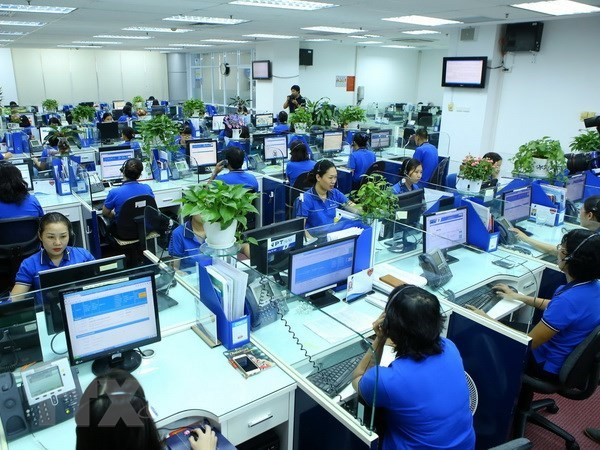 |
| The Da Nang authorities have decided that ICT industry needs to make up 15 percent of GRDP of the city. Photo: VNA |
The Da Nang authorities have decided that ICT industry needs to make up 15 percent of GRDP (gross regional domestic product) of the city.
In order to reach that goal, according to deputy director of the Da Nang Information and Communication Department, the city has been attracting investment in six hi-tech zones, and ICT and software parks.
Vietnam has released a national digital transformation program which states it will become a digital country by 2030.
It is expected that the program will cover many fields, including healthcare, education, finance, agriculture, and forwarding and transportation. A large cooperation space for foreign technology firms to come and do business will be created.
One of the hot issues the participants at the conference raised was how to create a high-quality workforce with Japanese skills to be provided to Japanese firms.
Onose Takahisa suggested that in order to turn Da Nang into a Silicon Valley of Southeast Asia, MIC and Da Nang need to promote media campaigns to convey the message about Da Nang to other cities of Vietnam (Hanoi and HCM City) and overseas. This will help attract investors and resources to Da Nang in the time to come.
Second centralised IT zone set up in Da Nang
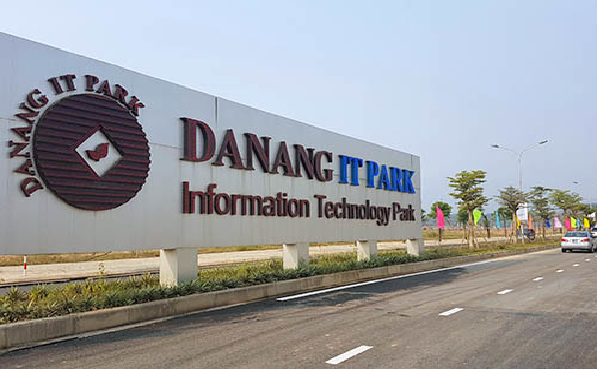 |
| The gate to the Da Nang IT Park in the central city of Da Nang. Photo: VnExpress |
The Government has recently approved the Da Nang Information Technology Park (DITP) as a centralised information technology (CIT) zone following Prime Minister Nguyen Xuan Phuc’s decision signed on January 6.
Deputy Director of the city’s Information and Communications Department Le Son Phong confirmed the news, stating that the zone was invested and built by Trung Nam Group in the first stage on 131ha with investment of US$82 million.
It’s also the second CIT zone in the city after Da Nang’s software park was approved by the PM in 2017, he added.
The second CIT zone will be given preferential policies and regulations in attracting domestic and foreign investors in IT, electronics manufacturing and telecommunications, according to Viet Nam News.
Following the city’s Master Plan, the DITP was designed as central Vietnam’s ‘Silicon Valley’, on total 341ha with investment of $120 million in two stages.
The DITP is the country’s largest centralised information technology centre after launching the first stage in 2018.
According to the city’s information and communications department, the DITP expects to create revenue of $1.5 billion each year with 25,000 jobs and an urban area for 100,000 people.
In 2018, Trung Nam Group also started construction of an apartment and office complex for IT businesses on 8.7ha as a prelude to the second stage.
Director of the city’s Information and Communications Department Nguyen Quang Thanh said the IT and communications industry made revenue of $1.23 billion and contributed 5.5 per cent to the city’s Gross Regional Domestic Product (GRDP) in 2018.
The city attracted nearly 900 IT businesses, creating 25,000 jobs.
Da Nang was the first city in Vietnam to launch the e-Government system – a crucial step in building a smart city – and offering free wireless internet (wifi) services for local residents and tourists at major centres and streets in the city./.
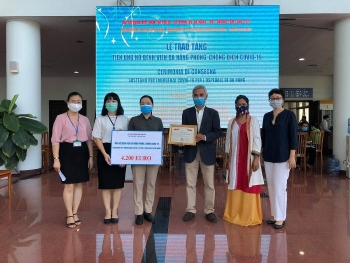 | Vietnamese in Italy support Da Nang city's battle against virus Representatives of the Italy-Vietnam Mutual Assistance Association, in coordination with Da Nang city’s Department of Foreign Affairs on September 9 handed over a cash donation ... |
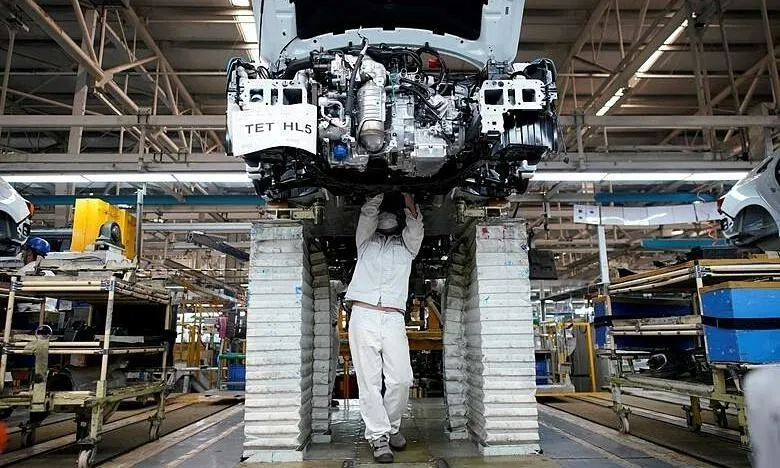 | 15 Japanese enterprises funded to shift production from China to Vietnam Among the list of 30 enterprises in Japan given support by the government to move out of China, a half is opted to shift its ... |
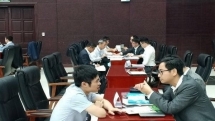 | Japanese firms open to engaging Vietnamese IT engineers In order to shore up its IT sector, currently valued at US $460 billion, Japanese firms are open to engaging Vietnamese expertise. |

